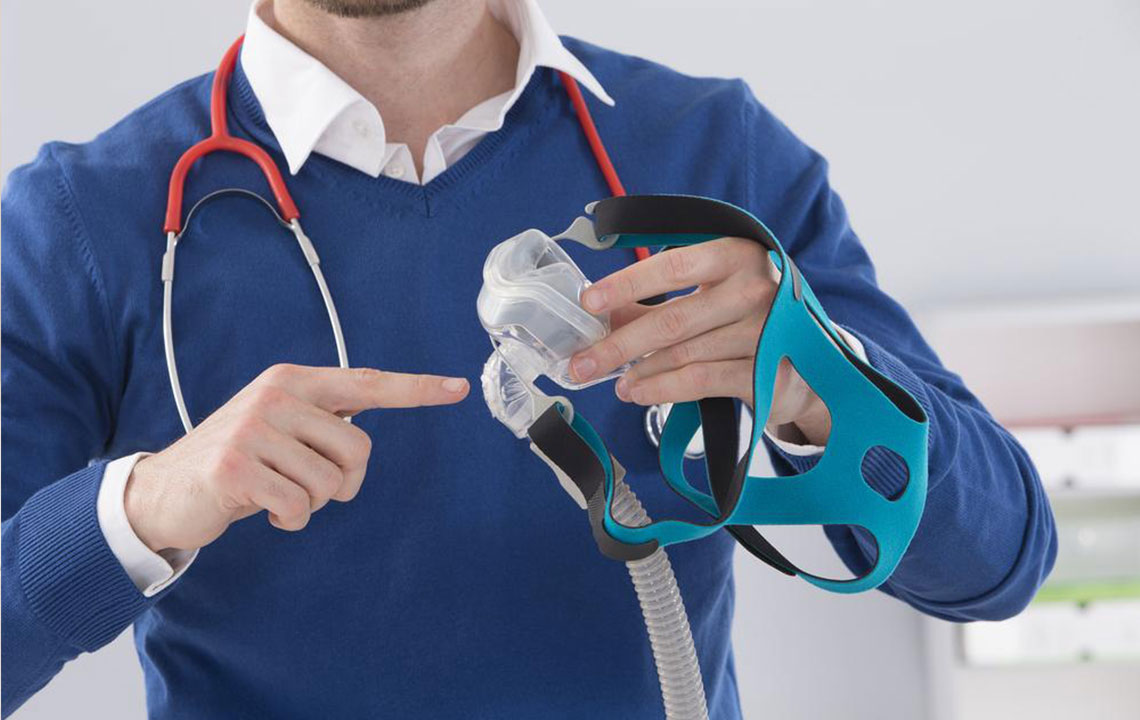Different treatments for sleep apnea
One of the amazing treatment options for sleep apnea is the treatment options such as CPAP therapy, where the air is sent via a kind of mask to make the airway open during the time of sleep. Sleep apnea is a common problem which is usually connected with the reduced health and complications like motor vehicle accidents, as well as depression, heart attack, and stroke.
There are several varied methods of treating apnea, which relies upon the cause and the level of apnea. The main aim of treatment is to normalize breathing during the sleep. If you normalize your breathing, you can have several benefits on apnea like eliminating daytime fatigue, as well as removal of unwanted mental health changes due to lack of sleep, and prevention of cardiovascular changes which are caused due to the excessive strain of improper breathing.

Lifestyle modifications are very much essential to normalize the breathing process, and they are the most critical in making the initial treatment, which includes – alcohol cessation, smoking cessation, weight loss, and side sleeping. The following can be some other treatments.
Continuous Positive Airway Pressure (CPAP) Therapy: This is said to be the frontline treatment for treating the OSA that keeps the airway open by offering a constant stream of positive pressure air via a mask.
Surgery: There are various surgical procedures that can widen the airway. While, surgery can be used to stiffen or shrink obstructing tissue, or remove excess tissue or enlarged tonsils.
Mandibular Repositioning Device (MRD): This is a custom-made oral appliance that is more suitable for every individual who has a very mild or moderate sleep apnea. This kind of mouthpiece usually holds the jaw in a forward position while sleeping and expand the space behind the tongue. It also assists to keep the upper airway open, which prevents apneas and snoring.
Some people face lots of hurdles using CPAP and stop the treatment before you get any benefit. However, there are several measures which can be considered to make the equipment more comfortable to use and adjust accordingly. The mask, as well as its settings, can be easily changed, and add moisture to the air which flows via the mask and relieves the nasal symptoms.

